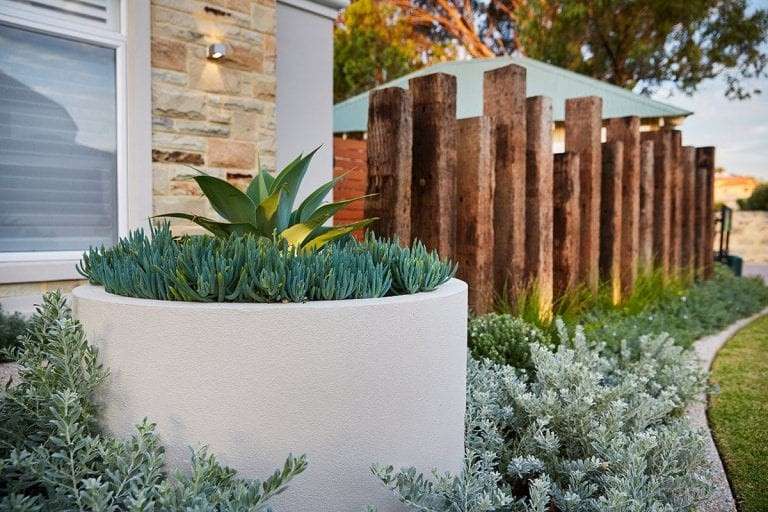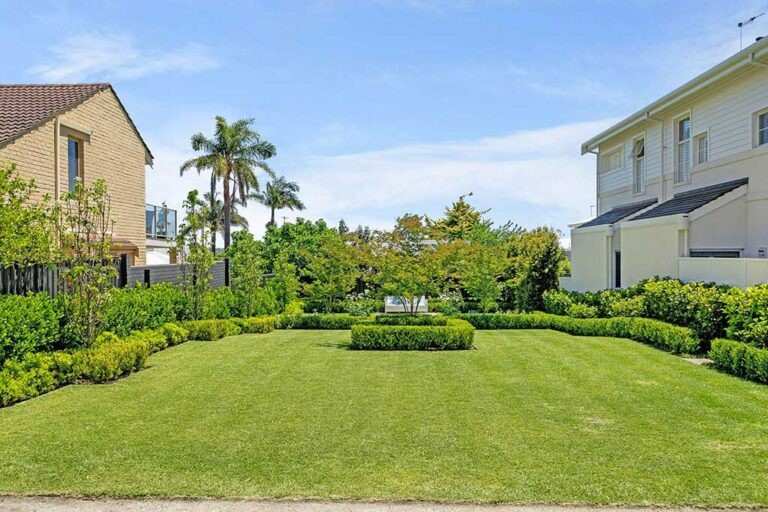The Ultimate Guide to Native WA Plants for Perth Gardens
One understands that the “highveld type” weather is really not nice. Let’s be honest – Perth is not a place to be enjoyed by an old gardener who is bent on maintaining his garden.
Most homeowners are challenged in choosing the right kinds of plants that will make it through the blistering days of summer, sandy soils, and the irregular rains of Perth.
Some of the best and toughest plants in the world come from Western Australia. And the best part? These are flawless plants for our Perth backyards.
Whether it is the exotic plants that one has been trying to acclimatise to our conditions or your water bills that tend to shoot up during the summer, or even if it is just something the native plants in Perth do for gardeners all along, you will need it.
Professional landscape design services will also let you pick the best natives for your site conditions. These are not just any plants; they are survivors, adapted to our one-of-a-kind conditions over millennia....







